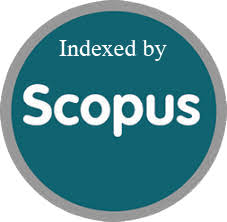DC SHOCK SIMULATOR
Abstract
Defibrillators are electronic devices that carry shock electrical signals (pulses) to the heart muscle to maintain myocardial depolarization that is undergoing cardiac fibrillation (ventricular fibrillation or atrial fibrillation) (Bronzino, 2000). There are several conditions that must be met for the occurrence of shock processes including shock time, energy to be provided, patient and operator safety. In this defibrillator the use of selectors / energy selection is linear in the range 1-30 Joules with the use of tools at 10, 15, 20, 25, 30 Joules. The energy will then be discarded or given to the patient via a paddle when pressed the Discharge / shock button. The result of the signal given to the patient is monophasic. This study used a pre-experimental type with a One Group post test design research design. Measurements were made 5 times the volt meter at the test points determined by the compiler.
Downloads
Authors who publish with this journal agree to the following terms:
- Authors retain copyright and grant the journal right of first publication with the work simultaneously licensed under a Creative Commons Attribution-ShareAlikel 4.0 International (CC BY-SA 4.0) that allows others to share the work with an acknowledgement of the work's authorship and initial publication in this journal.
- Authors are able to enter into separate, additional contractual arrangements for the non-exclusive distribution of the journal's published version of the work (e.g., post it to an institutional repository or publish it in a book), with an acknowledgement of its initial publication in this journal.
- Authors are permitted and encouraged to post their work online (e.g., in institutional repositories or on their website) prior to and during the submission process, as it can lead to productive exchanges, as well as earlier and greater citation of published work (See The Effect of Open Access).





.png)
.png)
.png)
.png)
.png)
